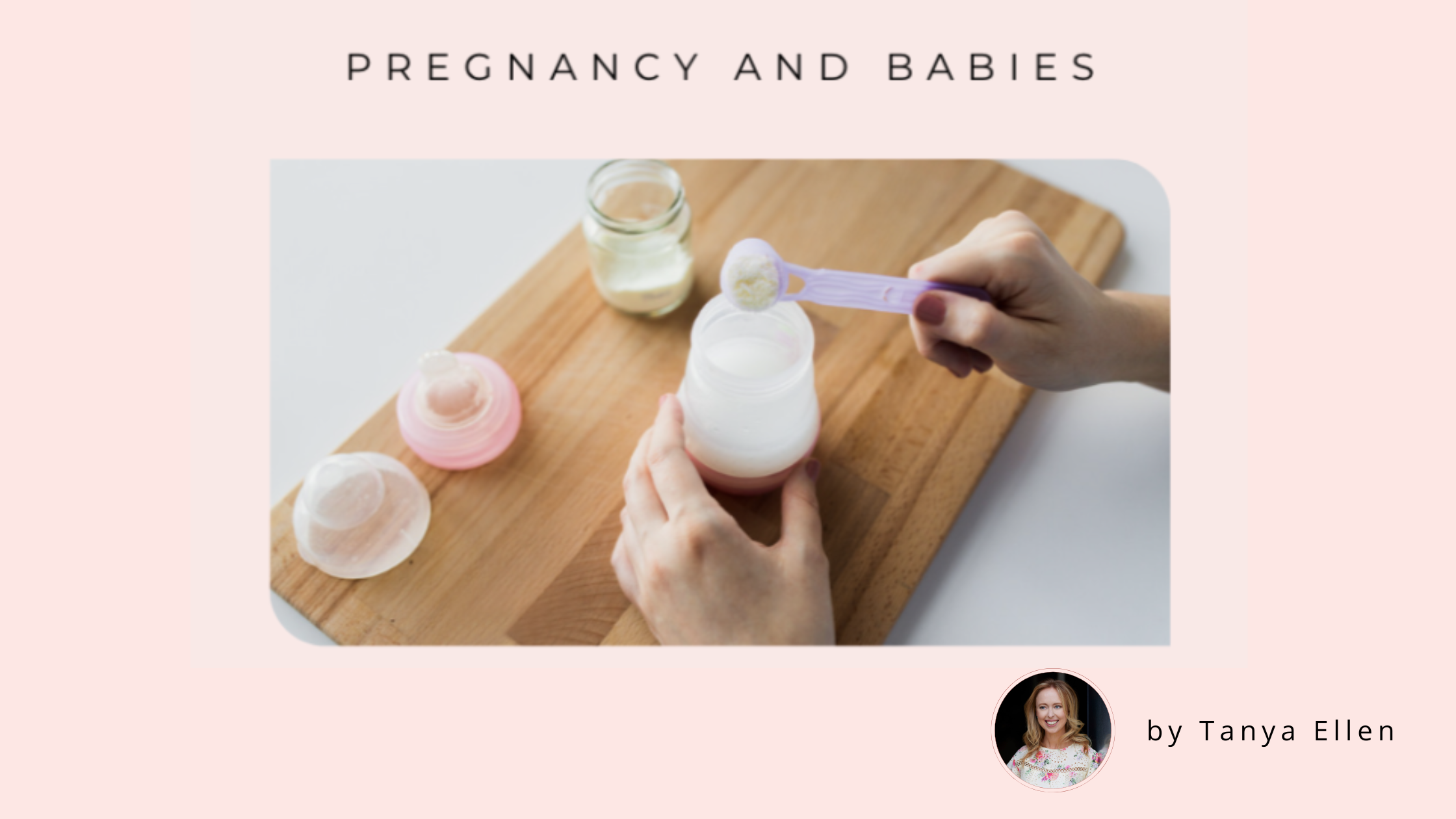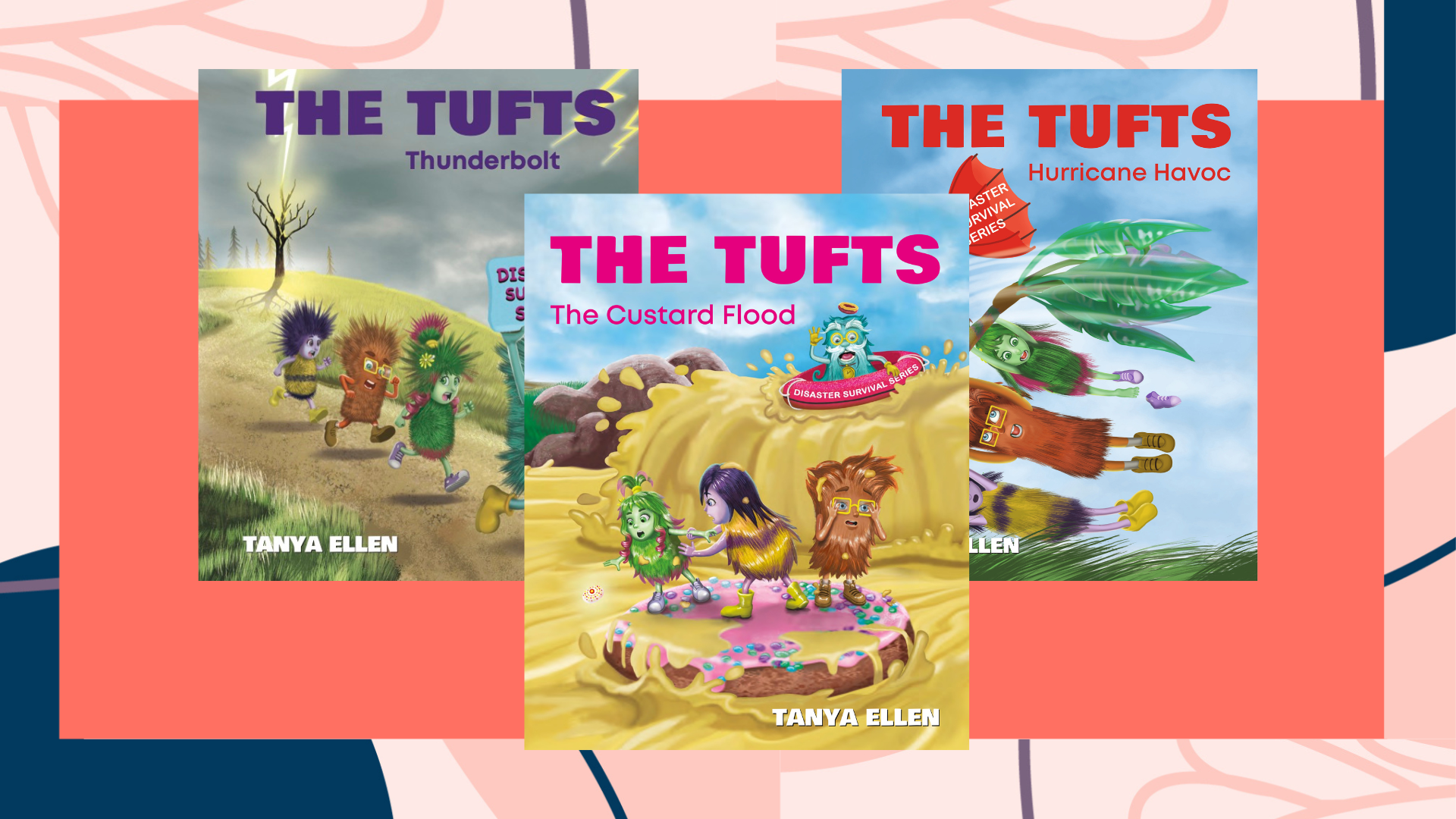
Preparing for an Emergency
Preparation is vital for emergencies, and emergencies can happen at any time. You may need to feed your baby during a snowstorm or when you’re stuck in traffic due to a natural disaster. When you’re faced with a power outage or water supply disruption, having an emergency kit ready can make all the difference.
So, what exactly should your emergency kit include? The Australian Breastfeeding Association recommends including essentials such as an unopened tin of infant formula, small bottles of water specifically for mixing formula, and larger quantities of water for sanitation purposes – around 15 liters (nearly 4 gallons) for hand-washing and cleaning preparation areas. Sterilized bottles and teats should be packed too – one for each feed, so approximately 27 sets for three days.
While this might seem like a lot to pack, it’s essential to have these items on hand in case of an emergency. Keep your emergency kit in an easily accessible location, and make sure to check expiry dates regularly.
Alternatives to Tap Water
When tap water is unavailable, bottled water becomes a critical resource for mixing formula. In a pinch, you can also boil water for one minute and then let it cool down if you have access to a gas stove or camping stove. This boiled water should then be used within 30 minutes of boiling for optimal safety.
Measuring and Mixing Formula
Precision matters when formula feeding. You’ll need to follow the manufacturer’s instructions for how much water and formula powder to use. Having a clean, graduated container can aid with accurate measurements.
Sterilizing Bottles and Equipment
In emergency scenarios, conventional methods of sterilizing may not be feasible. As an alternative, cold-water sterilization solutions can be used, necessitating a container filled with cold water and a sterilizing agent appropriate for baby feeding equipment. Be sure to follow the product’s directions closely. Alternatively, you could consider using single-use bottles and teats if available.
Feeding Techniques
Once the bottle is ready, it’s crucial to feed your baby immediately. In cases where warming the milk is not possible, room temperature will suffice. Remember, hygiene remains paramount, so wash your hands with clean water, if possible, before handling the baby bottle or feeding your baby.
5 Tips to Remember During An Emergency
Now that we’ve covered the basics of formula feeding during an emergency, here are three essential tips to keep in mind:
Emergency preparedness is essential for all parents, as crises often come unannounced. Having a dedicated emergency kit for formula feeding is critical. This might look slightly different from a standard emergency kit, so make sure to include all the necessities.
Cleanliness and sanitization are crucial components of infant care, especially in emergency circumstances. Pre-sterilized single-use equipment can be a lifesaver during times when traditional sterilization methods are unavailable.
Though challenging, maintaining a feeding routine during emergencies is important. Be informed, practice the routines, and you’ll be prepared for whatever comes your way.
Remember to prioritize your own self-care during emergencies as well. Make sure to stay hydrated, eat regularly, and rest when possible so that you can better care for your baby. You may also want to have a support system in place, whether it’s family, friends, or emergency services.
Lastly, it’s always a good idea to stay informed and up-to-date on emergency plans and protocols for your area. Knowing what to expect and how to react can help alleviate some of the stress and uncertainty during an emergency situation.
Conclusion
Emergency preparedness isn’t just about stockpiling; it’s about knowing how to adapt and safely manage critical tasks like feeding your baby. While ready-to-feed formula is an excellent option that eliminates the need for mixing and provides sterility, it isn’t available universally. So, planning ahead, gathering supplies, and being informed are your best defenses.
Being equipped with the necessary kits and knowledge ensures that even in the absence of modern conveniences, your baby remains nourished and safe. Let preparedness be your peace of mind.
Don’t wait until a disaster strikes to think about survival education. Seize the opportunity to make a vital difference in your children’s lives. Embark on this educational journey with your kids today – because the best time to learn survival skills isn’t in the midst of chaos; it’s now.

